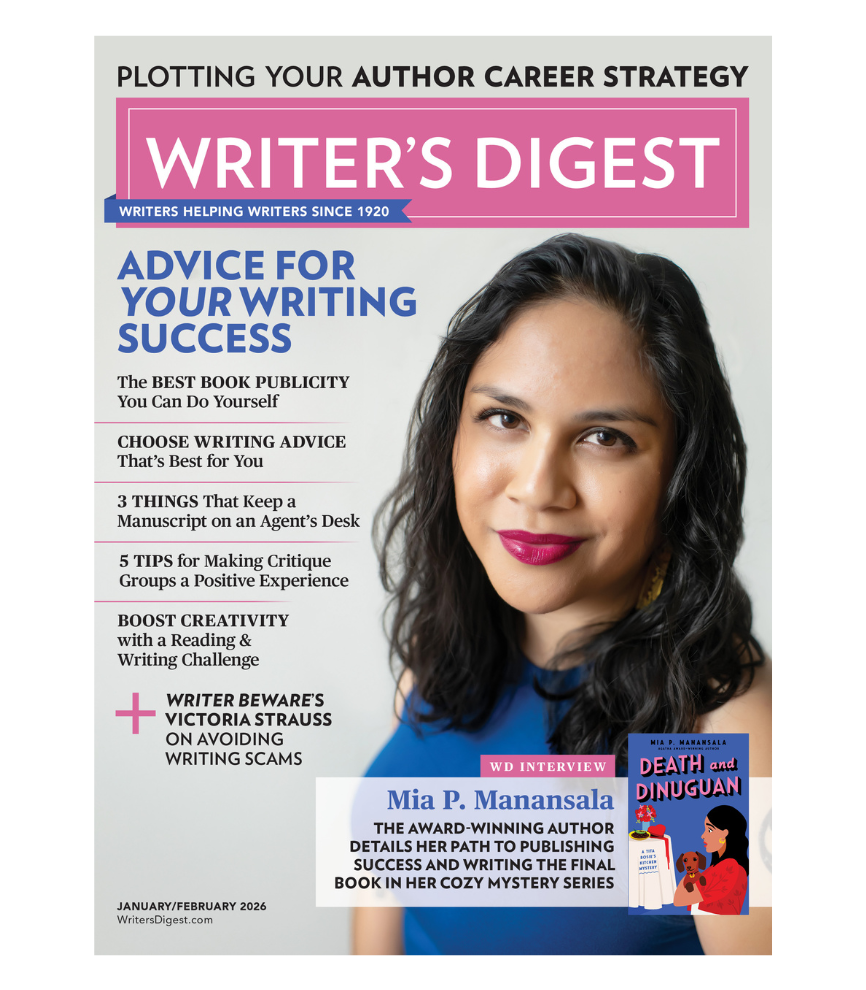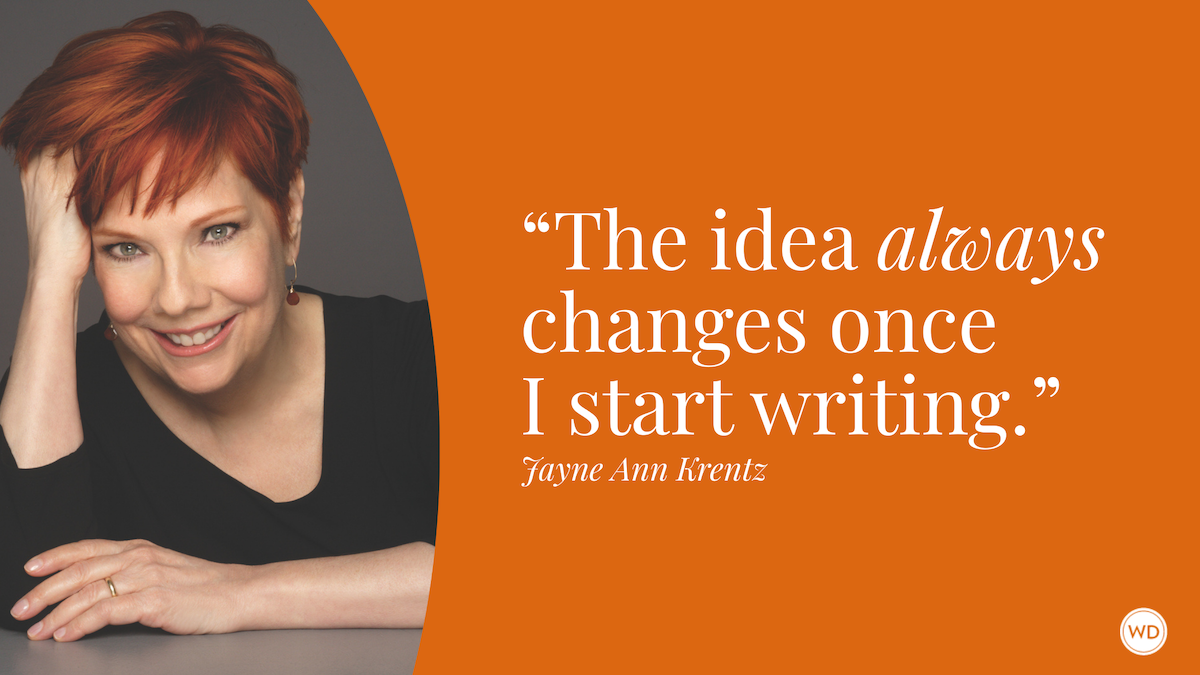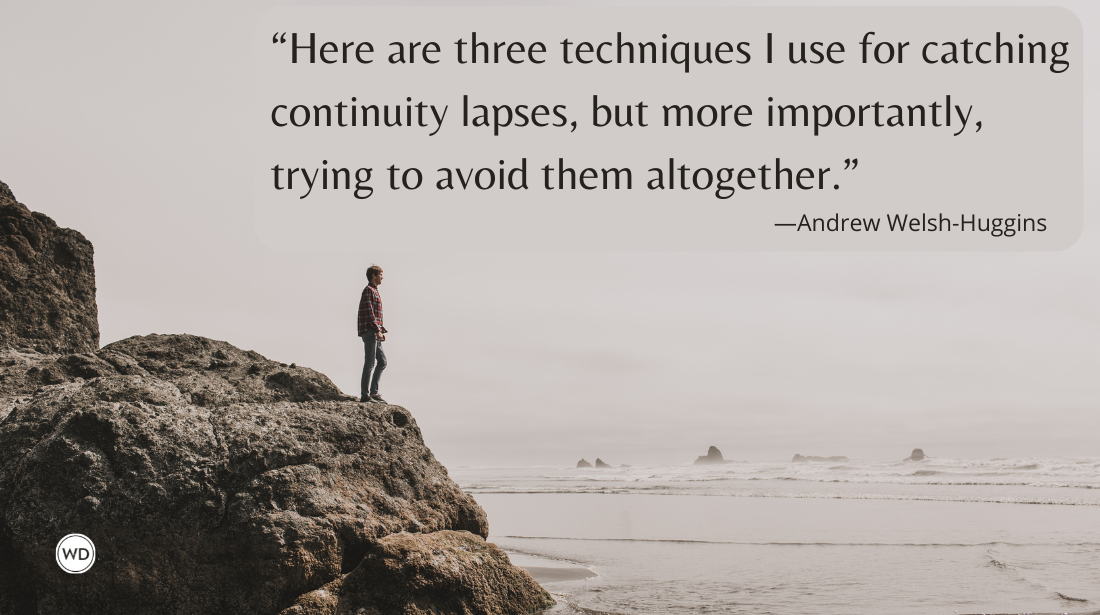Writing in the Shadows: On Writing Better Historical Fiction
In this post, novelist Pamela Binnings Ewen shares her thoughts on writing better historical fiction by writing in the shadows of history and historical research.
When researching and writing historical fiction, a writer opens doors into the past and prepares for surprises. As I dug into Gabrielle (Coco) Chanel's written history when I began my latest novel, The Queen of Paris, I found right away that I could not trust many of her biographies. While she was alive, Chanel demanded absolute approval before cooperating with a writer. She nixed most of them. Her image was carefully structured and protected, as were the now-famous witty quotes that seemed to fall impromptu from her lips before the press.
In fact, as my research began, I soon realized that despite Chanel's public image and those beautiful, clean couture designs—the bias cut satins and silks, the lace inserts, soft jersey dresses, diamond hair clips and romantic perfumes—the real Coco was still a mystery. Because her life during the war years when the Nazis occupied Paris remained hidden until only recently as her secrets gradually came into the light.
Many had already absorbed the news that Chanel was a collaborator during the years of occupation. What else could one think, since she resided in the Hotel Ritz in Paris alongside the Nazi High Command. But I never expected what I found a few years ago—had never understood the depth of Chanel's connections to Nazi Germany.
When writing historical fiction, the frame of the story is first constructed with facts. But to test the depth of a character as complex as Chanel it was necessary to get past the obvious. In an excellent nonfiction book (Sleeping with the Enemy, by Hal Vaughn) I found explosive new facts to fit into the frame of the story. Photographs of only recently released WWII military files on Coco Chanel showing Chanel was more than a mere collaborator during the Nazi occupation of France.
She was a spy.
Writing in the Shadows
Often this is a matter of putting two and two together, connecting rumor or innuendo from bits and pieces of history with the facts. Sometimes a writer will find odd, off-beat information about their subject which rises above coincidence. Information which fits so well into the frame of the story that they're convinced it could be true.
In this case, the writer should also assure that the fictional conclusion does no harm. In other words, writing in the shadows is fascinating and fun, and sometimes it swoops off into new fascinating directions, but it shouldn't change the frame of truth surrounding the story.
I think of this as writing in the shadows of history.
It is amazing to me that so much has been written about Coco Chanel, and yet so little has been written about her life in Paris during the war years. I'm not certain, but I think The Queen of Paris is the first historical fiction to explore in depth the explosive decisions Chanel made during those four years, some kept secret until only recently.
For instance, I'd not known that she was recruited to spy for the enemy of France by the Abwehr, German Military Intelligence during WWII, and had an assigned number and a code name—Westminster. Thanks to author Hal Vaughn's book Sleeping with the Enemy, that information was verified in his photographs of recently released military files on Coco Chanel.
I'd not known that she visited an SS Officer in Berlin during the war years to accept a mission to Spain, while her own country suffered under the boot of the Nazi occupation. Nor had I known that Chanel traveled to Spain on missions for the Reich. Likewise, I'd not known how fiercely anti-Semetic she was, or that she'd used Nazi law prohibiting Jews to own businesses or work within German territories in a battle against her Jewish business partner over Chanel No. 5.
And yet, on the other hand, she'd helped rescue a Jewish friend taken hostage by the Gestapo. She was a complex woman.
*****
Write Historical Fiction
Whether history is a backdrop to your story or the focus of the story itself, this workshop will provide you with the tools to find the facts you need, organize the data in a functional manner, and merge that data seamlessly into your novel. You'll discover the appropriate level of historical data to include as a function of a particular writing goal, learn the definition of historical markers and how and where to unearth them, and uncover the tools to integrate history, research, and the fiction plot arc.
Most of all, find out how to honor verisimilitude—the goal of any historical writing—and avoid the dreaded anachronism. You'll learn to write scenes utilizing historical markers that further the plot and put your reader firmly in the place, time, and setting.
*****
On Writing Better Historical Fiction
In writing The Queen of Paris, I found myself up against two major problems.
First, Chanel had a strange ability to distance herself from the war and its victims and consequences. The question which rose over and over again as I began working on this story was, 'why?' Why would one of the richest and most famous women in the world—an icon of apparent strength, determination, and independence—agree to spy for Nazi Germany? Why betray her business partner over her signature perfume, No. 5? For me, the question of her motivations quickly became the keystone to the story.
But in addition—second—I had yet another problem to resolve. Coco Chanel was not a likable character. The thinking among fiction writers in general is that a heroine must be likable, someone readers can empathize with. But Coco Chanel was not your average heroine. In fact, perhaps, looking back, her life was one long struggle to survive, and to succeed on her own terms.
Was this enough to balance the dark side of my heroine?
There was no way to satisfactorily answer that question, I finally realized. But Coco Chanel's story during WWII was too interesting to abandon. And how many others looked the other way in order to survive? As history is constantly being rewritten, I suppose we will never really know.
So I have left it to you, dear reader, to judge.
Pamela Binnings Ewen is the author of one nonfiction book, Faith on Trial, and five novels, including The Moon in the Mango Tree, awarded the 2012 Eudora Welty Memorial Award. After practicing law for many years, she retired to write. She is a founder of the Northshore Literary Society in St. Tammany Parish, Louisiana, in the greater New Orleans area. She's also served on the boards of the Pirate's Alley Faulkner Society and Tennessee Williams Festival. Ewen has a literary pedigree, and is the latest writer to emerge from a Louisiana family recognized for its statistically improbable number of successful authors including cousin, James Lee Burke, Andre Dubus, and Alafair Burke. Visit Pamela online at pamelaewen.com.









